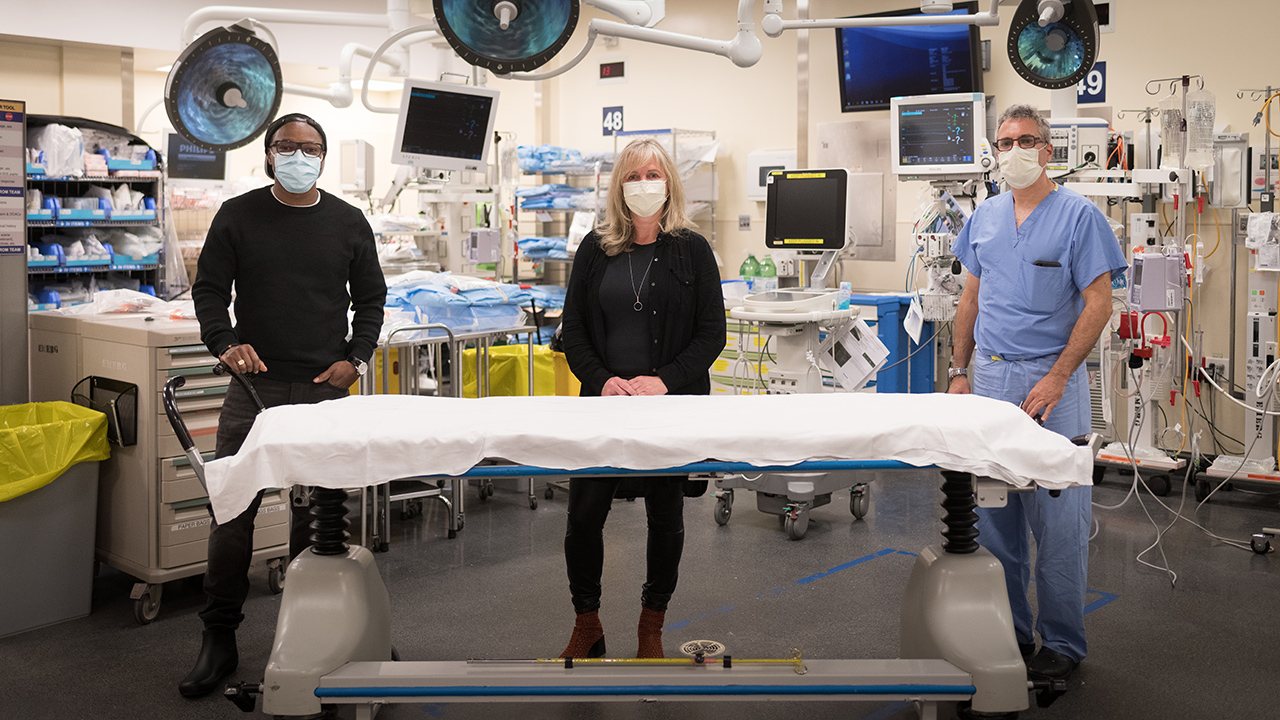BRAVE Program

 From left to right: Michael Lewis, case manager, BRAVE; Illana Perlman, social worker, Tory Trauma Program; and Dr. Avery Nathens, surgeon-in-chief at Sunnybrook.
From left to right: Michael Lewis, case manager, BRAVE; Illana Perlman, social worker, Tory Trauma Program; and Dr. Avery Nathens, surgeon-in-chief at Sunnybrook.BRAVE is a new program supported by the City of Toronto to promote positive alternatives to violence in order to reduce retaliation, criminal involvement and re-injury among youth injured by violence. Here at Sunnybrook we have seen an increase in violent injuries, particularly in young males, and many instances where the same patient returns for multiple injuries, sometimes years apart. We want to be part of the broader community efforts to reverse this trend.
BRAVE is informed by established hospital-based violence intervention programs operating in the United States since the 1990s. Evidence supports a model of longer-term case management to connect patients with community agencies to lessen risk factors and increase protective factors for violence.
BRAVE uses a public health and trauma-informed approach to violence prevention. It recognizes the modifiable risk factors associated with violent injury including: poor education, lack of job opportunities, injury and criminal recidivism, socioeconomically deprived neighbourhoods, substance misuse, complex post-traumatic stress disorder, and lack of positive role models. This program began operations in September 2020.
Primary program goals include:
- Reduce risk factors and increase protective factors for violence (short-term)
- Reduce recidivism among youth in the trauma department (long-term)
- Increase access to customized, holistic supports for youth clients in the trauma centre
- Increase access to services for youth ages 16 to 29 at all stages of involvement in the trauma health care system
- Increase coordination of wraparound services, continuity of care and support to address the needs of youth throughout the health care system
- Improve outcomes due to improved access to services and release plans
- Reduce systemic barriers to accessing supports for youth






